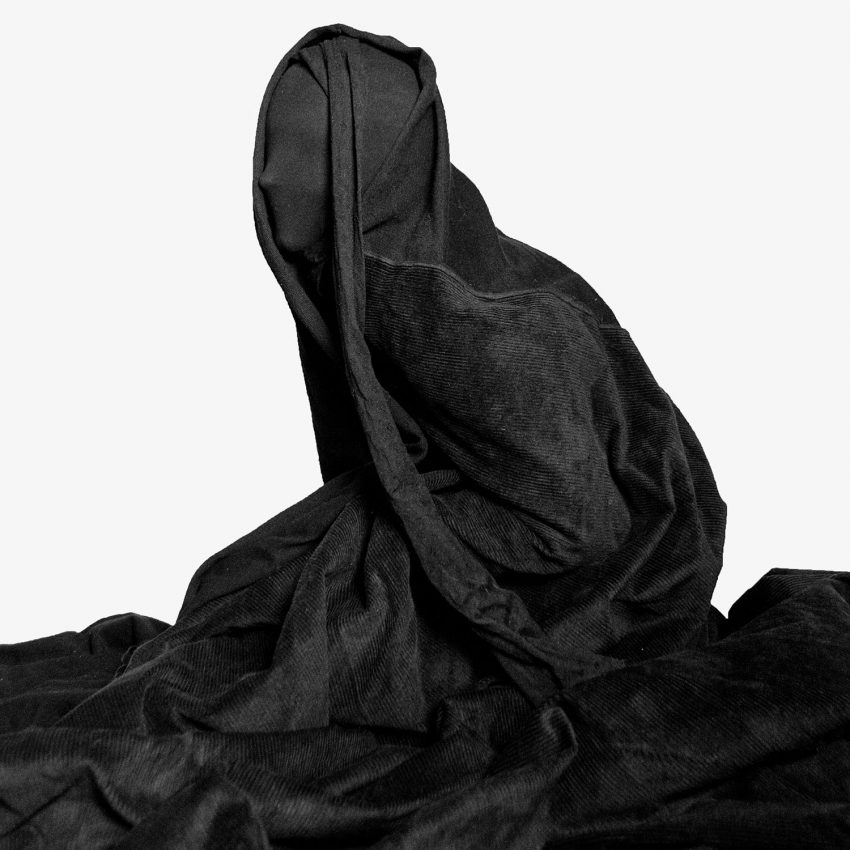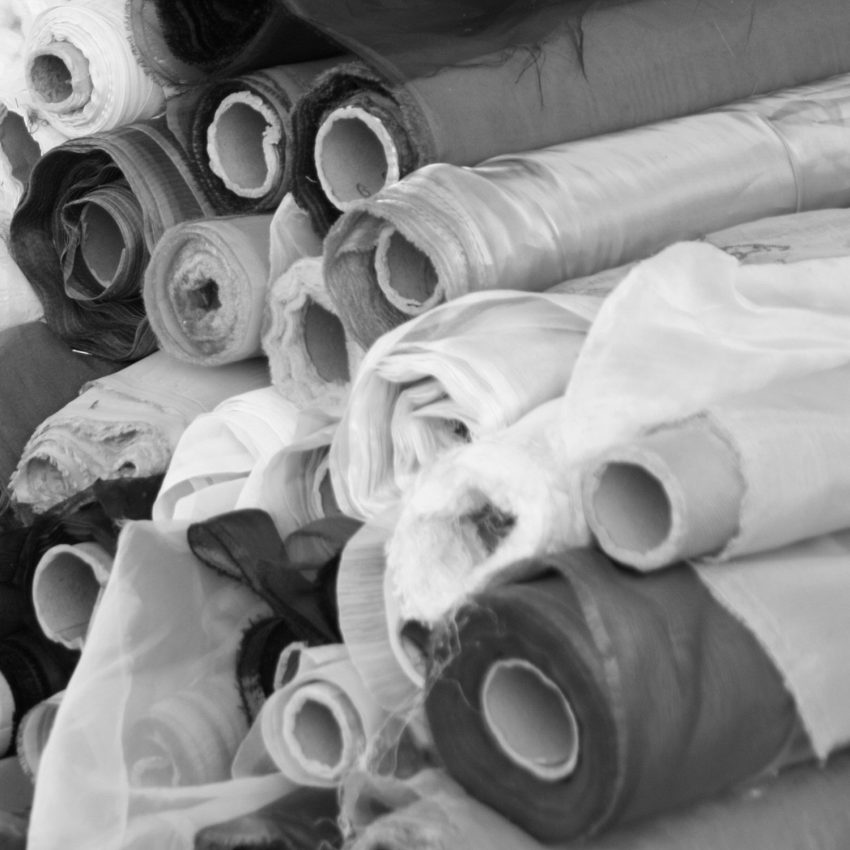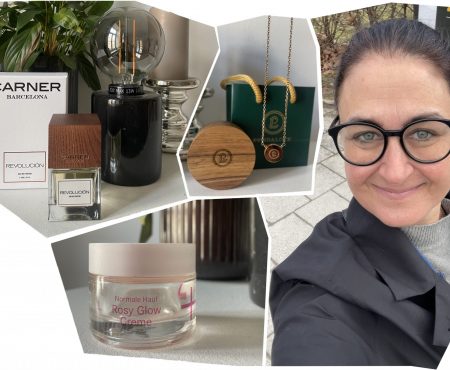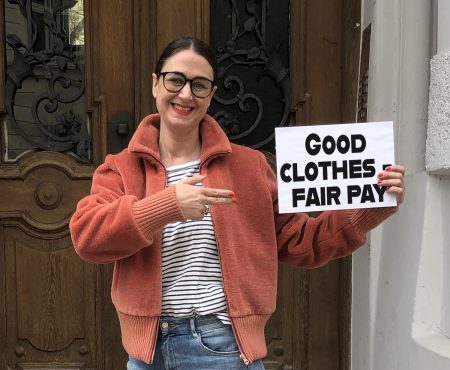From trusted fibres and my confusion
Basically, I give Li Edelkoort right – people long for “trusted fibres”. At least some of us. The still much too small percentage of mankind, who is actually thinking about what he leaves to his skin and where his things come from. And so decided not to buy certain things anymore and instead invest in Fairfashion. But who she exactly mean with “the people”?

Every day we surround ourselves with tons of textiles. But we wonder where they come from? #whomademyclothes
But what about all the others?
When I was young (and this is definitely a few days ago), there was a commercial of a soap maker on TV, saying “To my skin, I just leave water and CD.” Obviously one cares about liquids like creams very much. Very long thoughts, whether they contain harmful ingredients. However, this thought seems not to be transferred to garments. Still not.
Without flinching, toxic chemicals are dyed over the fabric, leaving you without thought in jeans, without realizing what the manufacturing process has done to some people and the environment. Not to mention what our body comes into contact with when wearing. Ever thought about what colors the bedspreads under which we are lying every night, was dyed?
It’s always amazing that some people do not worry about what they let to their bodies?
But it is bought, bought, bought, as if there is no tomorrow. And then it is again sorted out and lands somewhere … With every purchase decision I take responsibility. Responsibility for what lands in my bag. Responsibility for the dead animal when I buy fur. Responsibility for the seamstresses – who work far below the minimum wage or have to work on the brink of slavery – when I invest in Fast Fashion. Responsibility for the environment – it is not a new realization that the textile industry is one of the biggest environmental polluters. But still countless textiles are stuffed daily in XL shopping malls, tons of clothing are sent across the nation by crates and landed in the crowded garments, on the garbage dumps …

Production is increasing – as if there is no tomorrow
Are those the people who crave “trusted fibers”?
So what does Li Edelkoort mean when she talks about “we”, about our desire for “trusted fibres”? On what the huge masses of people trust in fastfashion buying, when they know that they are harming themselves, other people and the environment. How do you long for “trusted fibres” if you are not ready to take responsibility?
Wen also meint denn nun Li Edelkoort?So, who Li Edelkoort means?
I’m confused … What about the people and the “trusted fibres”? Or can the future simply not be predicted?
Sorry, but I had to type somehow straight from the soul. This does not change anything, but while I have typed Stakkato, I have become more and more aware of how happy those who truly look for the much-discussed “trusted fibers” can live and live. And – I have to say this now – it has done so well in January to meet some like-minded people in the FairFashionBlogger lounge in Berlin. Thanks to @jaeckleundhoesle @loveco.shop @viertelvormag @pinkgreenblog @healthy_lena @atleastblog @notanotherwomanmag and all the other wonderful people who long for “trusted fibres” and also act accordingly!
#FairFashionForward #ByeByeFastFashion #TheFutureIsNow
And a small reference to the poor Li Edelkoort not too wrong to do:
She speaks of the fact that seasons have overtaken – a trend that is actually being observed. The fact that the fashion is in a self-inflicted acceleration spiral, that even the modem-makers do not follow, are looking for a way out of this unpleasant situation. To remove unnecessary pre-, cruise- & co. collections seems only meaningful. A further point which the trend researcher at the panel discussion in the context of the Munich Fabric Start addressed: boredom and uniformity in fashion are decisive. Also in this point I have to give her unfortunately – at least to a large extent – right. But there are gratifying exceptions, especially in the fairfashion area, where timeless classics rather than short-lived trends are the focus.





